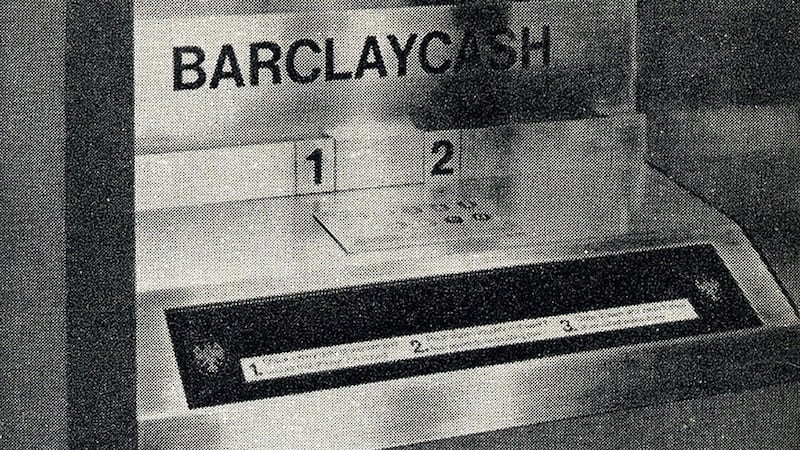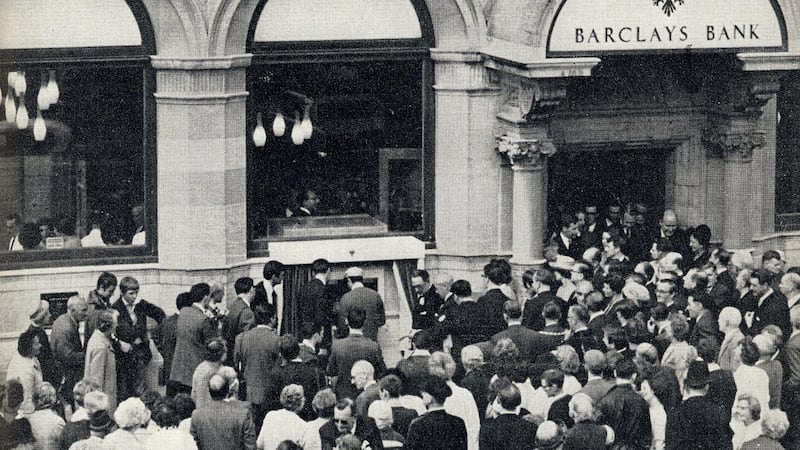The cash machine celebrates its 50th birthday on Tuesday — with the “hole in the wall” remaining a popular way for people to manage their day-to-day money half a century after it first appeared, initially in the UK.
The world's first automated teller machine (ATM) was unveiled by Barclays at its Enfield branch in north London on June 27th 1967. Irish consumers had to wait another 13 years or so. Here, the first bank machine opened for business on February 13th 1980.
As a tribute to the golden anniversary of the very first one, Barclays has transformed the modern-day Enfield cash machine into gold.

The original ATM was the brainchild of John Shepherd-Barron, who was commissioned by Barclays to create six cash dispensers, the first of which was installed at Enfield.
On the Buses TV sitcom actor Reg Varney was the star of the opening and the first person to use the state-of-the-art invention, which transformed people’s ability to manage their finances by giving customers access to cash outside bank branch opening hours.

Despite the rise in other new technologies such as online and mobile banking, the ATM remains popular 50 years on.
Raheel Ahmed, head of customer experience and channels at Barclays, said: “Even though recent years have seen a huge uptake of digital banking and card payments, cash remains a crucial part of most people’s day-to-day lives — whether it’s paying for groceries or doing the office coffee run — and we’re very proud of the role that Barclays has played in the history of the cash machine.”
Jeremy Light, managing director of payments at technology services company Accenture, said the ATMs of today are changing with the times to keep up with customers' needs.
He said: “The ATM is changing, as it takes on a new role to complement online banking. Donating to charity, buying stamps or even applying for a credit card are all possible and may come to your local ATM.
“Smarter technology means ATMs are more secure and versatile today, for example cash withdrawals using a mobile phone instead of a card. ATMs perform an important role in the UK economy and maintain customer interactions with a bank. Perhaps cash will always be king.”
How the first ATMs worked
In the days before people’s wallets were stuffed with plastic cards to make payments and withdraw cash, the process used for taking money from a cash machine would have been quite different to the way it works today.
Here are the steps that customers would have taken to withdraw cash when the ATM was first introduced, according to Barclays:
- Customers could withdraw £10 in cash in exchange for a special voucher.
- This voucher was processed as a cheque and the money was taken from the customer’s account.
- The customer would sign the voucher and place it in the ATM drawer, where it was tested for authenticity.
- An illuminated panel would then ask the customer to input their personal six-figure code.
- The machine checked the code and if everything was in order the machine would then dispense the #10 in cash from another drawer.
- The vouchers issued were valid for six months. They were only issued to approved customers, each of whom was given a six-digit code, known only to the customer and the branch manager.
PA












